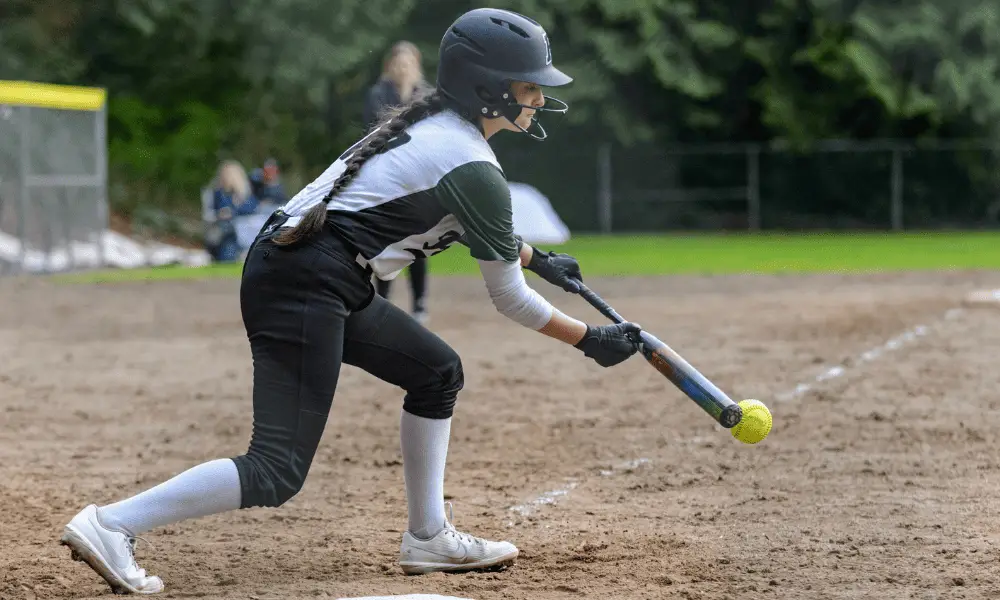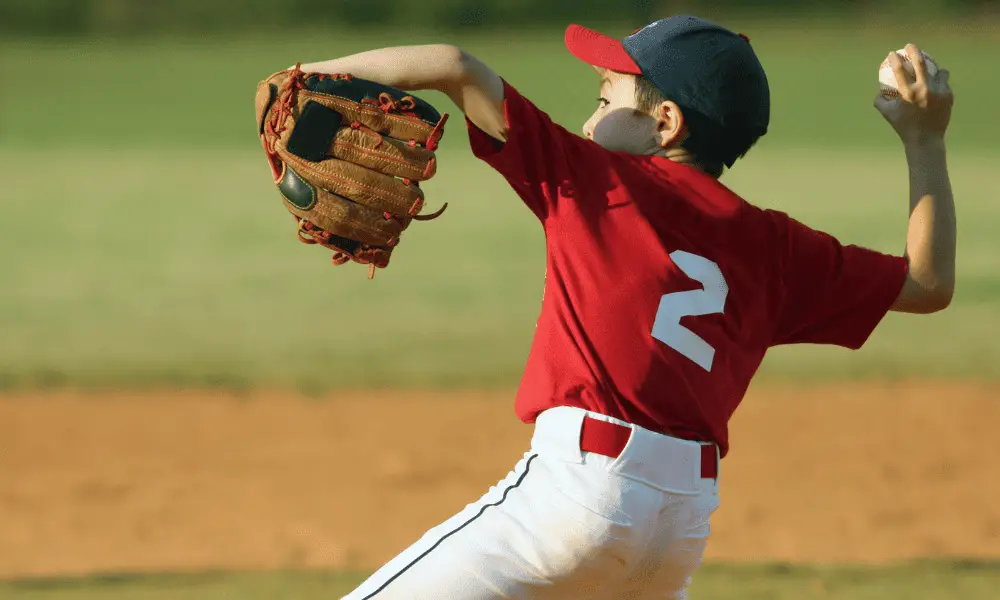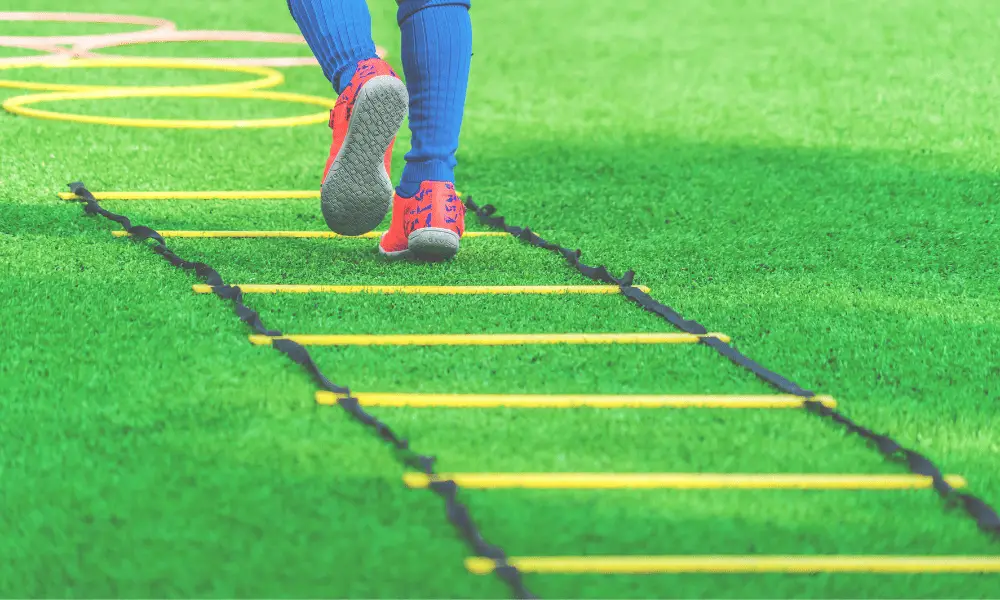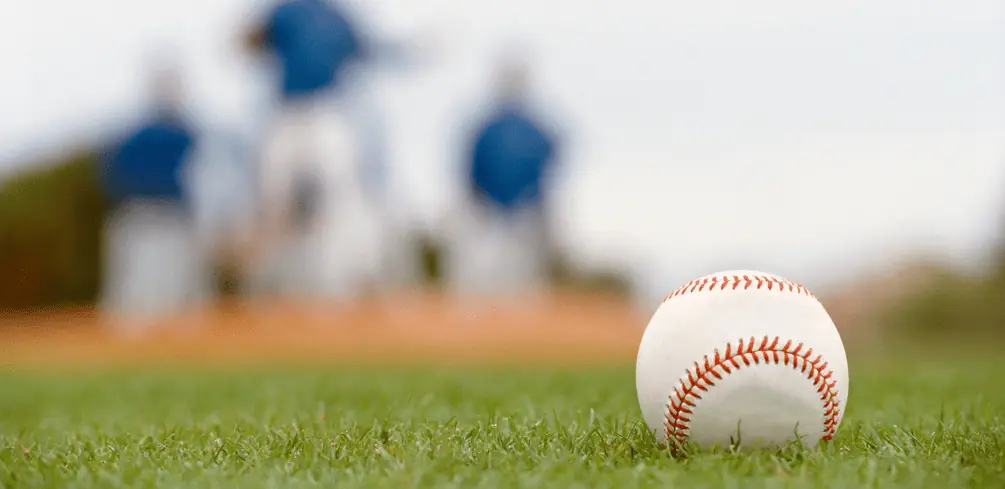Just like the sprouting of a seed into a bountiful tree, your baseball skills can’t flourish overnight. They require nurturing through consistent practice and dedication.
Your backyard is more than just a stretch of green grass; it’s the perfect training ground for honing your baseball techniques right at home.
Whether you’re an aspiring player aiming for the big leagues or simply looking to improve your weekend game, these backyard baseball drills are designed to enhance every aspect of your performance.
Each drill explained here will provide you with step-by-step instructions so you can carry them out effectively in the comfort of your backyard. So grab your glove, and let’s get started on turning that patch of grass into a personal training camp!
Enhancing Batting Skills at Home

You don’t need a fancy batting cage or expensive equipment to improve your swing; with the right backyard drills, you’ll be hitting home runs in no time.
One essential component of an effective bat swing is grip strength. To enhance it, incorporate some grip strength training into your routine. You can use items readily available at home like a tennis ball or even a towel: squeeze them repeatedly to build up your forearm muscles and improve the power of your swing.
Another beneficial exercise involves holding the bat at the knob end with one hand and trying to maintain control while swinging – this not only strengthens your grip but also enhances wrist flexibility.
Understanding and improving your swing mechanics is crucial for better batting performance. Start by analyzing your current technique: how you stand, where you position your feet, how you rotate your hips during the swing, and so forth.
The goal here is to identify any weak points or inconsistencies that might be affecting your power or accuracy.
Once identified, work on those areas through targeted drills – these could include practicing specific movements slowly at first, then gradually increasing speed as you become more comfortable and consistent.
A popular drill for improving both timing and hand-eye coordination involves using a smaller object than a traditional baseball – such as a golf ball – which forces precision in each hit due to its reduced size.
This practice will help fine-tune both aspects of batting while simultaneously making contact with actual baseballs seem easier by comparison over time.
Remember, progress may be slow initially, but consistency breeds success! So make sure these drills are part of regular training sessions rather than occasional efforts saturated across longer periods.
Practicing Pitching Techniques

Isn’t perfecting your pitching techniques about more than just throwing a ball?
It’s about understanding the mechanics, mastering control, and constantly practicing to improve accuracy. To start with, grip variations play a major role in how you pitch the ball.
Different grips can affect the speed, spin, and direction of your pitches. For example, a four-seam fastball grip allows for maximum backspin and velocity, while a two-seam fastball grip gives the ball sinking action.
| Grip Variation | Effect on Pitch |
|---|---|
| Four-Seam Fastball Grip | Provides Maximum Backspin and Velocity |
| Two-Seam Fastball Grip | Gives the Ball Sinking Action |
Next up is wrist conditioning. This is one aspect that often gets overlooked, but it’s extremely crucial for pitchers. A strong and flexible wrist can aid in controlling the direction of your pitch as well as its speed.
Wrist exercises such as wrist curls or resistance band flexes are convenient to do right at home in your backyard, and they help increase both strength and flexibility.
| Wrist Conditioning Exercise | Benefits for Pitching |
|---|---|
| Wrist Curls | Increases Strength |
| Resistance Band Flexes | Enhances Flexibility |
Now let’s talk about practice routines specific to pitching techniques. Incorporating drills like “Bullpen Sessions,” where you repetitively throw pitches at full intensity, can drastically help improve your technique over time.
The focus here should be on repeating quality pitches rather than just quantity alone which means every pitch thrown has intention behind it- be it working on certain grip variations or focusing on wrist movement during delivery.
| Practice Routine | Aim of Drill |
|---|---|
| Bullpen Sessions | Improve Technique through Repetition |
Remember this – practice makes perfect! Take note of these points next time you head out into your backyard with that baseball mitt in hand.
Fielding Practice Exercises

Fielding, often considered the backbone of a solid defense in a game, requires regular practice to hone skills such as catching, throwing, and agility. Glove coordination improvement is one aspect that can significantly enhance your fielding abilities.
Start by practicing catching balls with one hand only using your glove. This not only improves your hand-eye coordination but also ensures you get comfortable with the mechanics of the glove itself.
Incorporate movement into these exercises too; try running towards or away from the ball to simulate game-like conditions.
Catching precision drills are another set of exercises that can boost your defensive prowess on the baseball field. These drills primarily focus on accurate catching and quick release for throws.
A straightforward drill involves having a partner throw balls at different heights and speeds while you try to catch them without moving your feet. This helps improve reaction time and catching precision under varying circumstances.
For added difficulty, incorporate ground balls into this drill to work on scooping up low catches swiftly.
Remember, practice makes perfect when it comes to enhancing fielding skills in backyard baseball drills. Don’t be discouraged if you drop some catches or miss some throws during initial practices – persistence pays off over time.
Dedicate specific times for these drills during each practice session, adapting and increasing complexity gradually as your confidence grows with each successful catch or throw made.
With consistent effort focused on improving glove coordination and catching precision through targeted drills, you’ll quickly notice improvements in overall performance during games.
Speed and Agility Workouts

Speed and agility workouts, often underrated in the realm of sports training, are as vital to a player’s overall performance as oil is to a well-oiled machine. This statement rings particularly true when it comes to backyard baseball drills.
Primarily, these exercises aim at improving your sprint mechanics – your ability to accelerate quickly and maintain top speed over short distances.
But they also focus on enhancing your agility: that is, your capacity to rapidly change direction without losing balance or speed. From running bases to chasing down fly balls, both elements play crucial roles on the diamond.
Ladder drills serve as an excellent tool for developing both speed and agility simultaneously. These drills involve a flat ladder laid out on the ground with square rungs about 15 inches apart.
You step into each rung of the ladder consecutively while maintaining high knee lift and rapid foot turnover; this enhances your sprint mechanics by improving stride frequency and efficiency.
Additionally, various patterns through the ladder can be utilized – side steps, backward steps, hops – all designed to enhance lateral quickness and multi-directional agility.
But remember, not just any routine will do; these workouts must be strategic and specific if you want them to make a noticeable difference in your gameplay.
Focus on performing each drill with maximum effort but also precision—technique should never be sacrificed for speed alone.
For instance, when working on sprint mechanics during straight-ahead sprints or shuttle runs, remain mindful of maintaining proper body alignment: keep your head up, shoulders back and relaxed, and arms swinging smoothly from the shoulders, feet striking beneath you—not in front of you—and so forth.
The same attention should apply while executing ladder drills: move swiftly yet meticulously through every foot placement pattern within the squares. In doing so consistently during practice sessions—you’ll find yourself moving more efficiently around the baseball field come game day.
Building Endurance and Stamina

While sprinting and agility are essential, let’s not forget that enhancing your endurance and stamina plays a vital role in keeping you at peak performance throughout the game.
Endurance is your body’s ability to sustain prolonged physical activity. Stamina, on the other hand, refers to mental toughness and the ability to push through challenges when you’re tired or uncomfortable.
Building both requires a combination of physical training exercises, proper nutrition, and mental strategies.
Now let’s dive into some practical ways to improve these areas, starting with Stamina Nutrition Tips. You need to fuel your body properly for it to perform optimally throughout long periods of strenuous activity like baseball games.
Make sure you’re eating plenty of complex carbohydrates such as whole grains, fruits, and vegetables, which provide slow-release energy that lasts longer than simple sugars found in sweets.
Protein is also crucial for muscle recovery post-training, so be sure to incorporate lean meats or plant-based alternatives into your meals.
Stay hydrated, too; dehydration can severely impact your endurance levels.
Moving onto Endurance Mental Strategies: Mental resilience is just as important as physical strength in sports activities like baseball, where games can stretch on for hours under high-pressure situations.
One effective strategy is visualization: Imagine yourself performing well under tough conditions during practice drills; this will help reduce anxiety during actual games and boost confidence in your abilities. Incorporating mindfulness exercises such as meditation can also help enhance focus and concentration during gameplay while reducing stress levels.
Above all, remember that building up stamina and endurance is a gradual process requiring consistency over time – keep at it!
Conclusion
Imagine being the star of your backyard, a baseball legend in the making. Your bat cuts through the air like a hot knife through butter. That’s you after mastering these drills.
Your fastballs are lightning bolts streaking across the yard; your fielding skills are as sharp as an eagle’s eye. With improved speed, agility, and stamina to compound it all, you’re now an unstoppable force on any diamond.
So get out there and conquer your backyard!




